According to the Master Plan for the Development of Vietnam’s Seaport System, investment capital of hundreds of thousands of billions of VND will be mobilized mainly from outside the budget. What needs to be done to realize this policy?
5 times the development scale
In the first quarter of 2025, berths 5 and 6 of HHIT port (Hateco Joint Stock Company is the investor) at Lach Huyen wharf area (Hai Phong) will be officially put into operation.
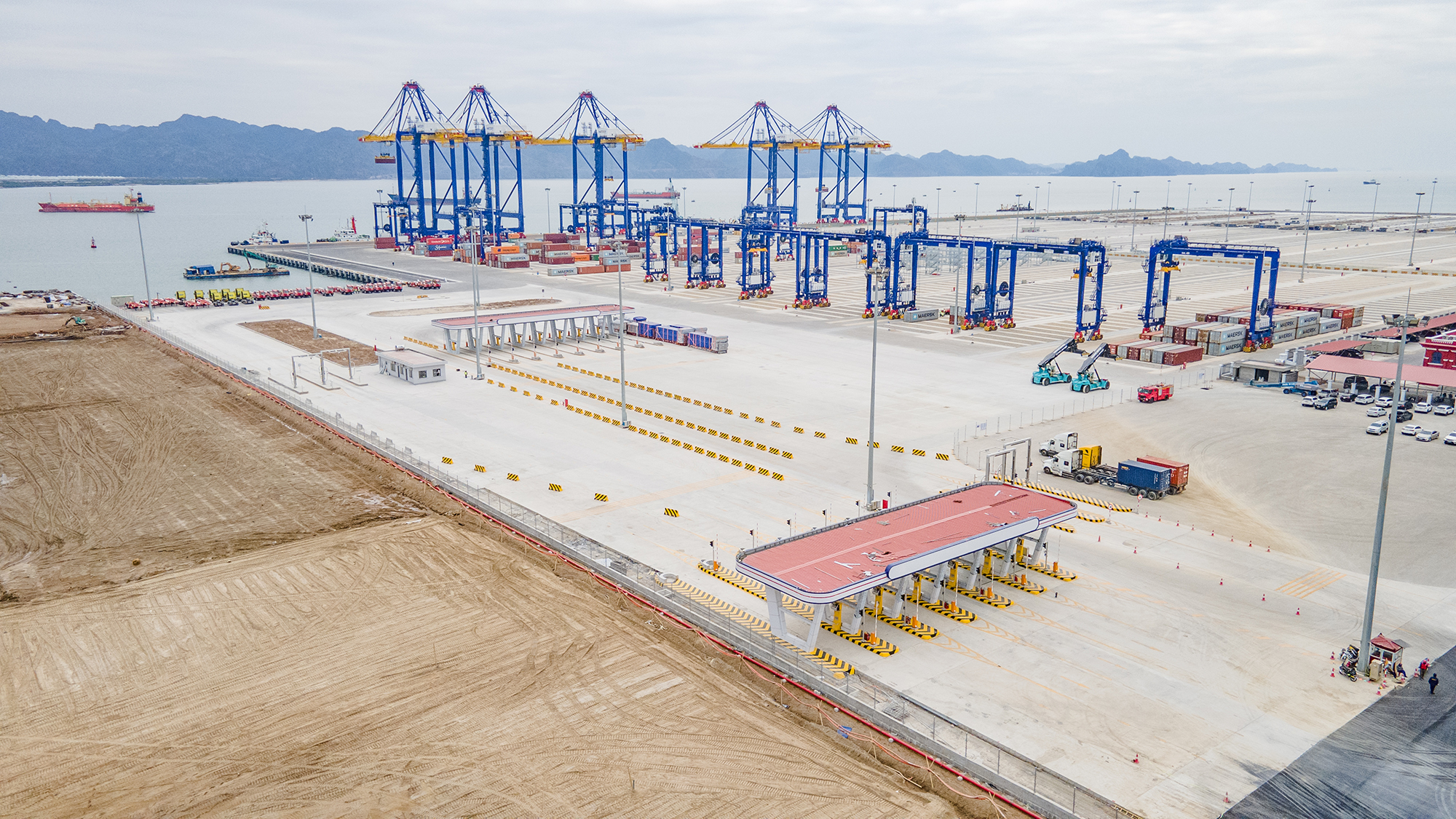
Lach Huyen wharf project number 5 and 6 is a project invested and exploited by private enterprises. Photo: Ta Hai.
On February 6, the port officially welcomed its first commercial ship. Also in the first quarter, phase 1 of ports 3 and 4 (Hai Phong Port Joint Stock Company is the investor) is expected to be put into operation.
These are also two typical seaport projects invested and exploited by enterprises. The two projects are expected to continue to develop the capacity of the Hai Phong seaport system in particular and the Vietnamese seaport system in general.
Since the first seaport planning was approved by the Prime Minister (in 1999), the seaport system has only had 20km of wharves with a throughput capacity of 80 million tons/year.
To date, Vietnam's seaport system has grown 5 times in size (about 100km of wharves). Throughput capacity has increased nearly 10 times with a capacity of about 750 million tons/year.
Some ports that have been invested in by domestic and foreign enterprises and have achieved high operational efficiency include Lach Huyen Container Port No. 1 and 2, Cai Mep International Container Port (CMIT), Gemalink International Port at Cai Mep, etc.
According to PV's research, many large ports are currently attracting investors' attention, such as: port projects in Lach Huyen (Hai Phong seaport), Lien Chieu (Da Nang seaport), Can Gio (HCMC), Cai Mep Ha (Ba Ria - Vung Tau)...
More than 99% of seaport infrastructure is socialized
The representative of the Vietnam Maritime Administration affirmed that maritime is one of the earliest and fastest socialized sectors. Up to now, more than 99% of seaport infrastructure has been invested by socialized sources from the private sector and domestic and foreign organizations. Particularly from 2015 to now, the entire seaport infrastructure has been invested by socialized sources.
Meanwhile, state resources focus on investing in public maritime infrastructure, especially international gateway ports, serving the region as a whole, with spillover effects.
In recent times, many maritime infrastructure investment projects have been implemented such as: investment in sand-blocking breakwaters, maritime channels at Lach Huyen wharf area, and channels for large tonnage ships entering the Hau River with an initial total investment of nearly 8,000 billion VND. Along with that, the Cai Mep channel upgrade investment project has also been invested. Currently, projects to expand and upgrade the Vung Ang breakwater, Nghi Son maritime channel are being proposed...
Need more open mechanism
In 2024, the Hai Phong maritime channel upgrade project (Ha Nam canal section) is considered a pioneer project in using socialized capital to upgrade public maritime infrastructure.
The project is invested by Nam Dinh Vu Port Joint Stock Company, upgrading the channel section from the turning basin of Hai Phong international container port to Nam Dinh Vu port area to a depth of -8.5m, allowing ships with a draft of up to -8.5m to enter and exit the port to load goods conveniently, without spending much time waiting.
After that, the Ministry of Transport also continued to approve the policy of upgrading two sections of the waterway from upstream of Nam Dinh Vu port to Nam Hai Dinh Vu port area and the section of the waterway from upstream of Nam Dinh Vu port to Dinh Vu port.
Both projects were proactively proposed by the enterprise and implemented with the enterprise's own funds. The projects do not fully recover the dredging products and after completion will be handed over to the Vietnam Maritime Administration for exploitation and maintenance.
Mr. Vu The Hung, Acting Head of Planning and Investment Department, Vietnam Maritime Administration said that in the context of limited State resources, focusing on implementing the medium-term public investment plan and closely following the planning, businesses wanting to invest in public maritime infrastructure are always encouraged.
The representative of the Vietnam Maritime Administration said that if the enterprise spends the implementation cost, it will directly benefit from the depth of the shipping channel. Therefore, how to invest and the specific benefits of socializing investment in public shipping channel infrastructure will depend on the business plan of the enterprise.
Typically, after the Hai Phong waterway upgrade project (Ha Nam canal section) was completed, ships entering and leaving seaports in the area did not have to wait for the tide, shortening the waiting time by 3-4 hours compared to before.
However, to attract socialized resources for public maritime infrastructure, Mr. Pham Quoc Long, Chairman of the Association of Maritime Agents, Brokers and Services (Visaba) assessed that many factors are needed.
One of the biggest difficulties for businesses when dredging and maintaining shipping lanes or water areas in front of ports today is that environmental administrative procedures and finding a place to dump dredged material are often time-consuming and complicated.
"The procedure for dredging channels needs to be more transparent. Localities also need to plan areas for dumping dredged material so that businesses can more conveniently find a place to dump waste," said Mr. Long, adding that the distinction between dredged material and resources also needs to be clear so as not to make things difficult for businesses.
According to the Detailed Planning of seaports, ports, wharves, buoys, water areas, and water regions for the period 2021 - 2025, by 2030, the investment capital demand for the seaport system will be about 351,500 billion VND.
Of which, the investment capital demand for public maritime infrastructure is about 72,800 billion VND and the investment capital demand for ports is about 278,700 billion VND.
Source: https://www.baogiaothong.vn/thong-dong-von-dau-tu-ha-tang-hang-hai-192250210192045262.htm








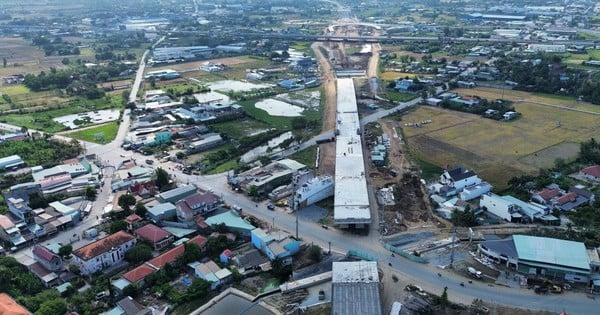

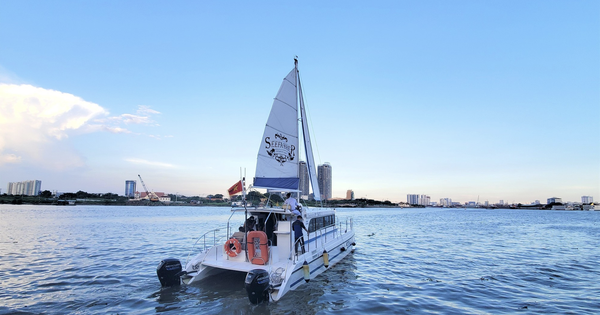
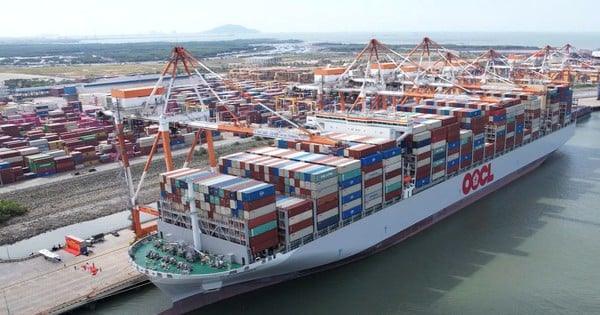
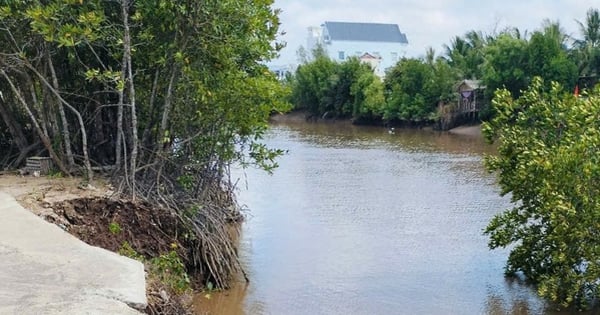



















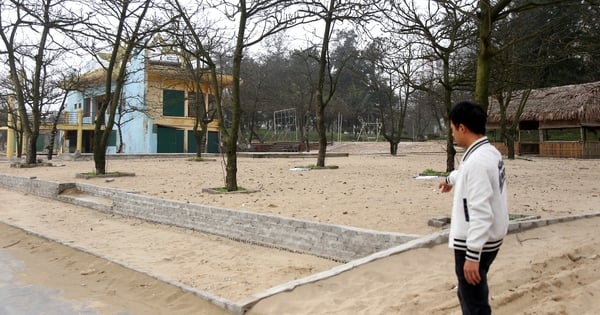
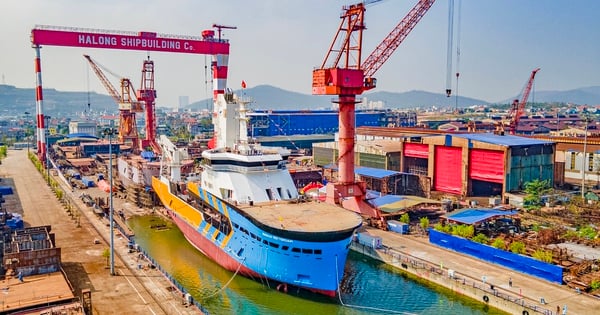













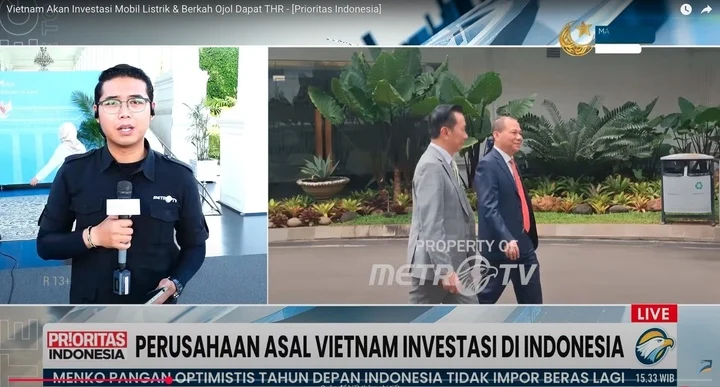

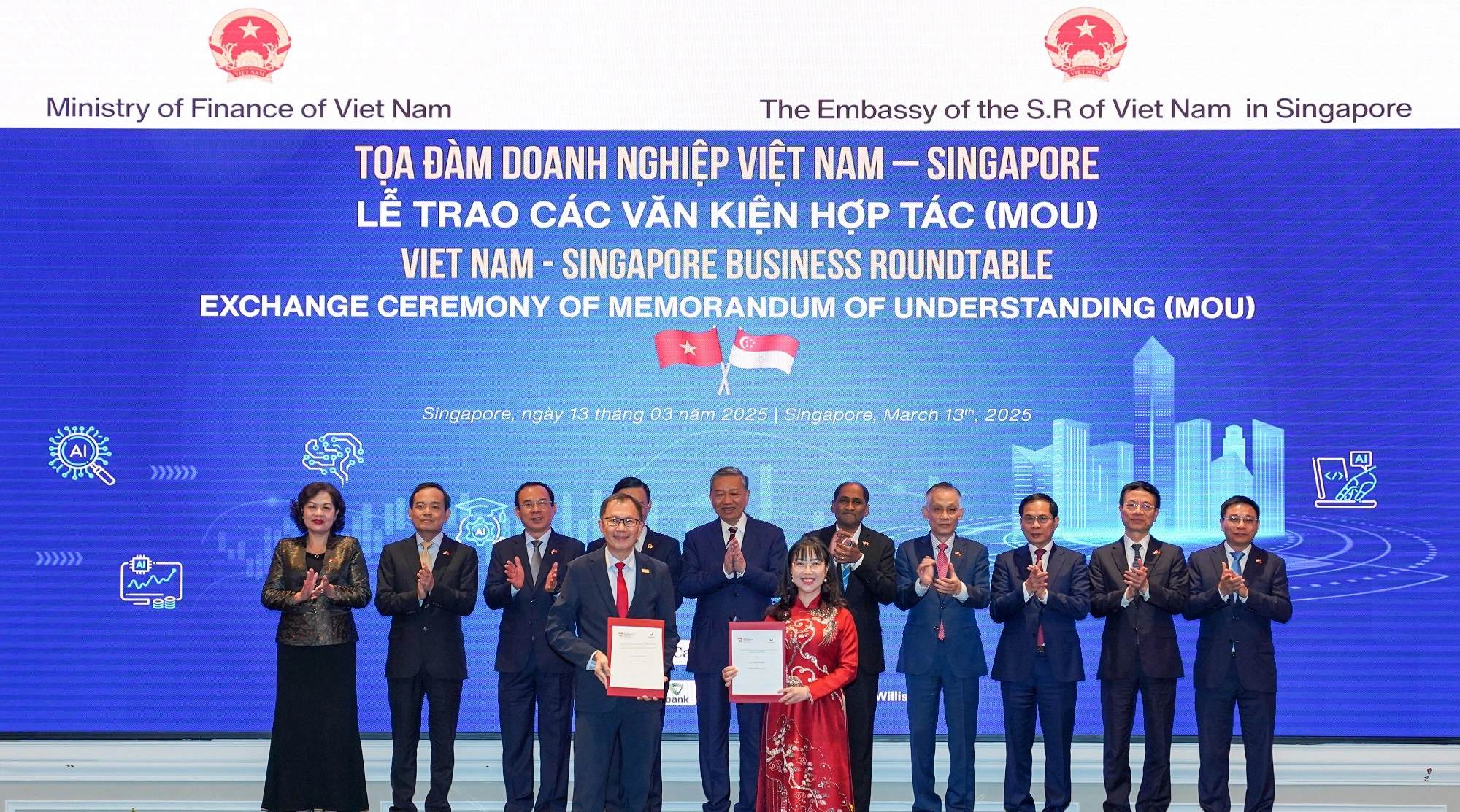




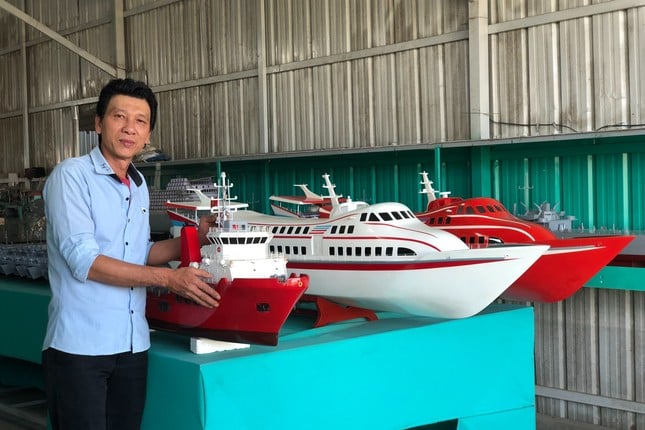





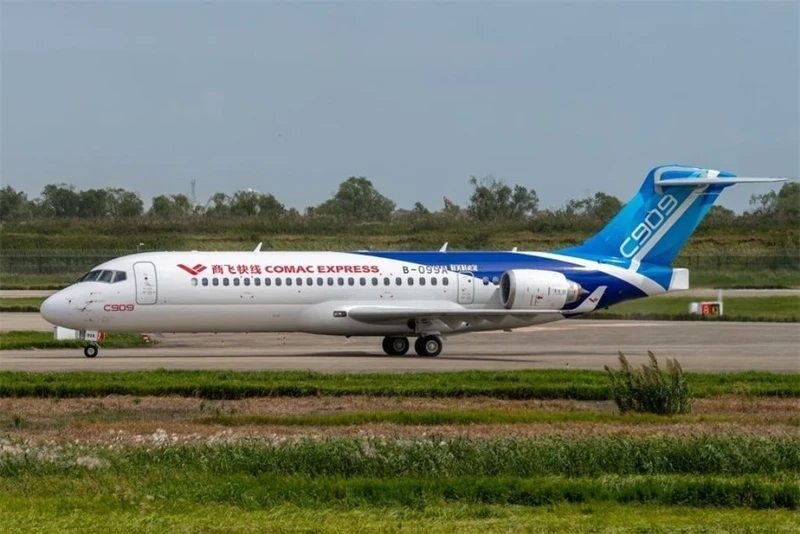


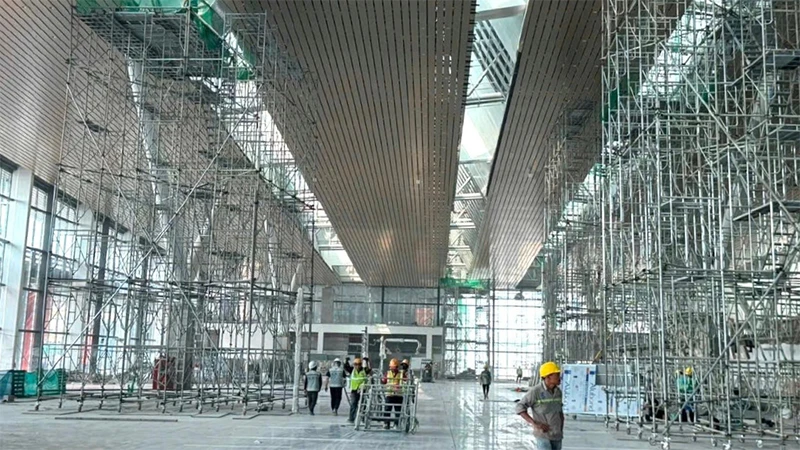












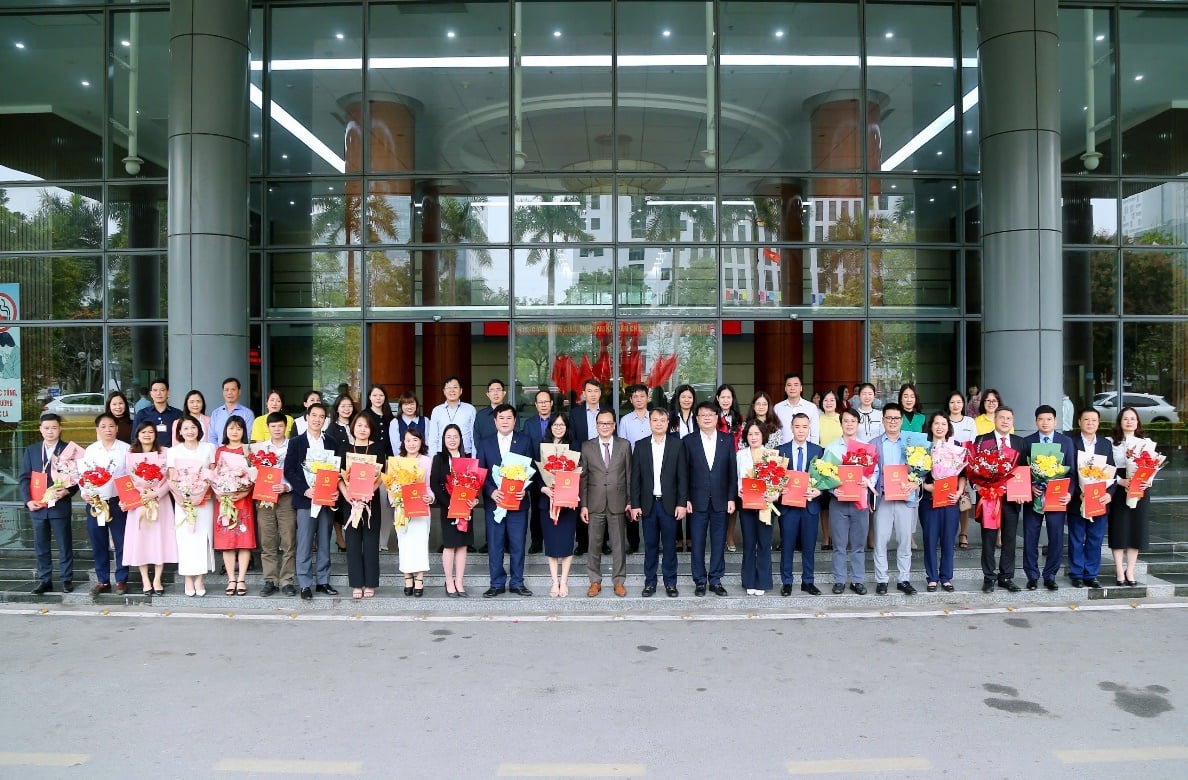


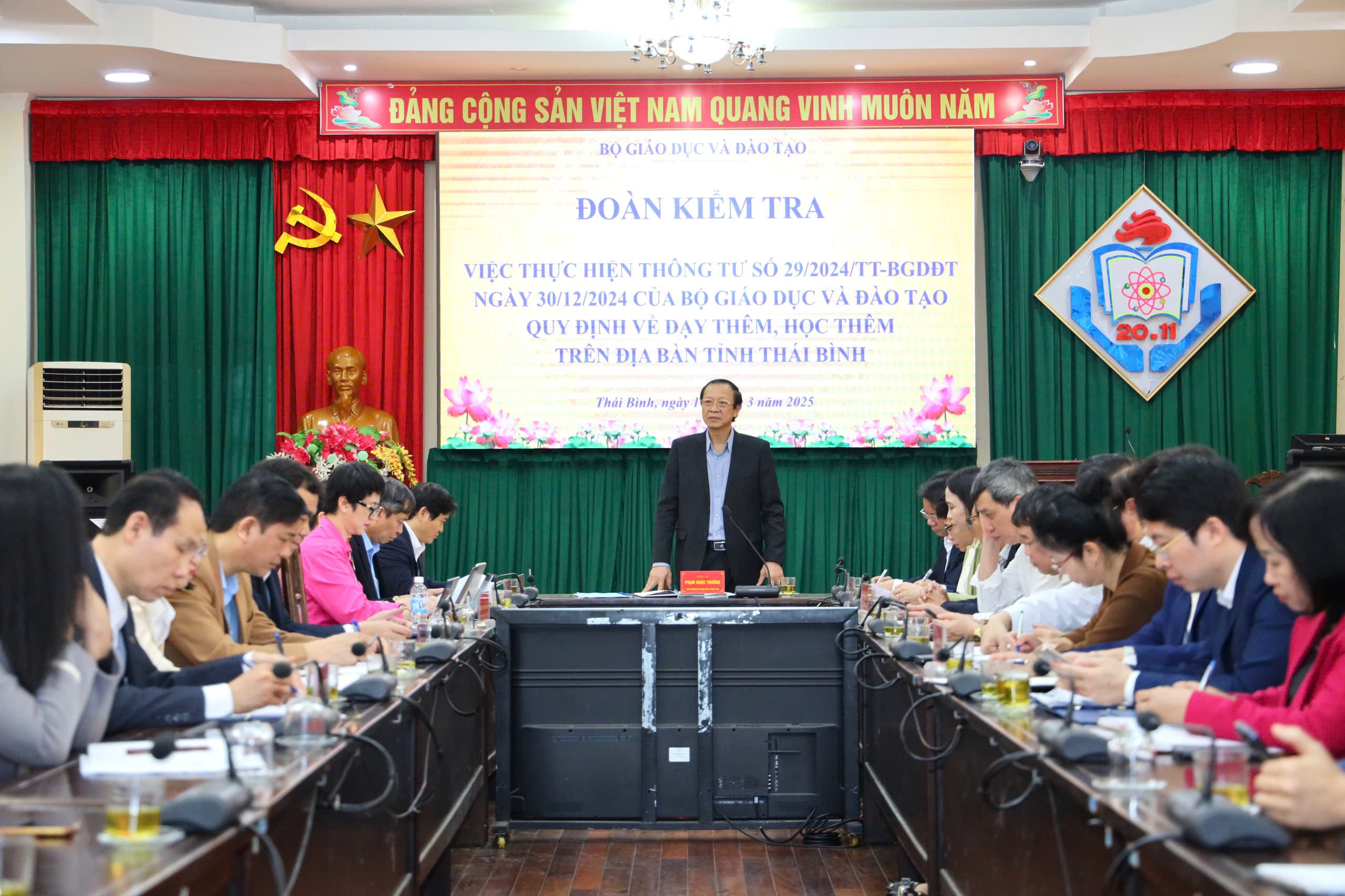

















Comment (0)